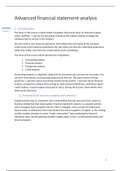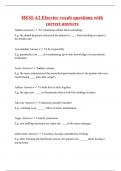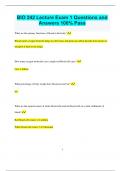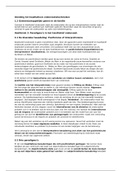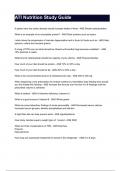Resume
Summary Notities Advanced Financial Statement Analysis les 1-8
- Établissement
- Universiteit Gent (UGent)
Dit document zijn de notities slides van het vak Advanced Financial Statement Analysis uit het academiejaar gegeven door professor Heidi Vander Bauwhede. Alle voorbeelden van in de les staan ook in de samenvatting. Hier en daar werd extra informatie toegevoegd uit het boek indien dit uit de les ni...
[Montrer plus]
